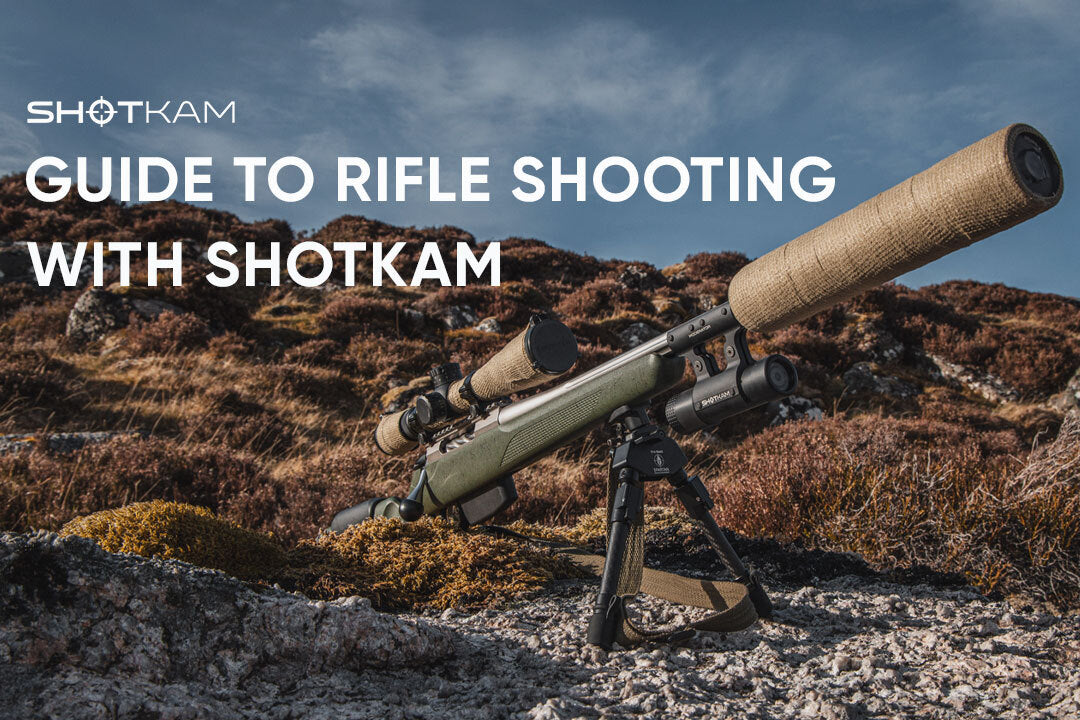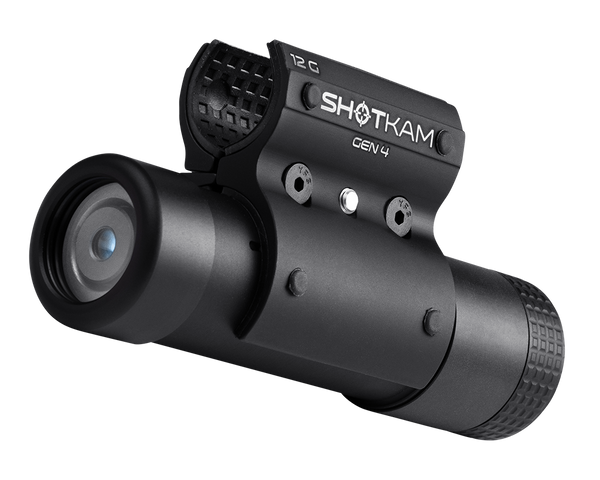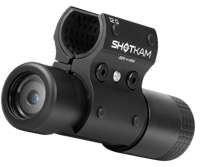A Day with the Pigeon Master: Tips for Pigeon Shooting by TGS Outdoors

Written by Jonny Carter, Director of TGS Outdoors
Introduction
Like many of us, I grew up reading shooting magazines and following the adventures of pigeon shooting gurus. When I was old enough, I ventured out, considering myself well-educated from the information I had absorbed and the DVDs I had watched repeatedly. I was genuinely convinced that if I walked into a field of laid barley, set up a hide straight from the army surplus store, and arranged an L-shaped pattern with all the flocked decoys facing into the wind, I would be guaranteed to have a stream of wood pigeons flying over me. I was sorely shocked the first time I went out, and the second and third times as well. Eventually, I started learning from my own mistakes and managed to fool a few dozen pigeons into approaching me. However, work soon took over, and my pursuit of pigeons took a back seat, leaving much about them a mystery.
With relatively few forays racked up over the next decade and a bit, I received an email in 2022 from Paul Payne, offering to take us out and create a film to share some of what he had learned over a lifetime of pigeon shooting. To my embarrassment, I initially declined – who was this stranger, and was he simply going to tell me to chuck an L-shaped pattern in front of a hide? Shortly after the email, however, a mutual friend got in touch, vouching for Paul and informing me that this man was the real deal. After spending a day with him and making a film, I realized that this man was one of the foremost experts on wood pigeons, dedicating nearly every day to finding, observing, and when the time was right – shooting them. We promptly booked another day in the hide and met up nine months later for a few incredible days of learning captured in this video:
The Importance of Scouting
The first day was dedicated to the art of reconnaissance. Paul educated me about the fact that good reconnaissance is half the battle; you can't simply walk up to a cropped field and expect a bag of pigeons to fall into your lap. Paul looks for what he calls 'situations' - crops that the pigeons are beginning to target. He observes them for a few days to track the quantity of birds and their feeding times. From this, he can estimate the kind of bag he will be able to shoot from the crop.
Understanding the Wood Pigeon: A Pest Control Challenge
For those unfamiliar with a wood pigeon, it's a gray bird with a reddish chest and white bars on its wings and neck. They can breed year-round, thriving in both urban and rural areas. They fly fast and with an agility that belies their appearance, making them difficult prey for raptors and humans alike. On top of all that, they have hearty appetites, favoring farmers' crops over almost everything else. With over 10 million of these birds residing in the UK, the damage they can do is devastating, and as such, their numbers need to be controlled. The fringe benefit is that Woodpigeon is fantastic to eat!
Paul's Strategic Approach to Pigeon Population Control
With this in mind, I asked Paul why he lets the numbers build up before shooting them if it's all about protecting the crops. His response, like all his responses, is well thought-out and worth listening to! He explained to me that, from his observations, wood pigeon populations are more localized and mix less than most people think. If the local population hitting a field is 400 birds and you go in and shoot 30, there are still 370 birds that will scatter, take a week or two to regroup, and start feeding in the same location. They spend this two-week period flying and eating in smaller groups, but eating nonetheless. In short, shooting a small number of pigeons from a group just makes those pigeons someone else's problem. If you wait for the opportune moment and shoot 100 from the group, it's a more effective way of protecting crops and reducing long-term damage. I found this fascinating, and if you want to hear more of Paul's reconnaissance wisdom, go and check out the full video above from the TGS Outdoors YouTube channel.
Setting Up: Timing and Decoy Spread
It was now time to go out and tackle a 'pigeon situation' we had observed the day before. A local gang of 350-450 birds had taken a liking to a pea field that was nearly ready for harvest. We arrived at 10:00 a.m., which felt late, but Paul's reconnaissance/scouting had noted that the birds didn't arrive until 11:30 a.m. We set up a lightweight hide at the end of an old hedgerow that stuck out into the field and placed the decoy pattern out in front. The plan was to position ourselves with our backs to the flight line, protected by the hedge, and turn the birds into the decoy pattern using two flappers and a rotary decoy to create pigeon-like movement. The decoy pattern was entirely random, with a spread on either side of a central opening that we hoped the pigeons would aim for.
The Precision of Pigeon Hunting
We were all set up, and as Paul had predicted, when the clock struck 11:30 a.m., the pigeons began to roll in, heading straight for the opening in the middle of the pattern. It never ceases to amaze me how a true expert makes their craft look so easy.
A well-decoyed pigeon is not a particularly difficult shot; they should be slowed down and almost considering landing when you pull the trigger. However, they are still easily missed! A few times when I started to stand up out of the hide to take a shot at a bird that had not fully committed, Paul reminded me that this is a pest control exercise and not a game of how far you can shoot a pigeon from the hide. If you shoot and miss a pigeon, it will likely not return. If you let it pass undisturbed, the chances of it coming back and presenting a better shot later in the day are pretty good. After that first shot, the birds kept coming steadily every few minutes, with Paul and me taking turns to shoot. After a summer of clay shooting, my timing for the first few birds was a little off, but I soon adjusted my gun speed to where it needed to be, and we were both bringing down birds with regularity!
ShotKam Comparison: Gen 3 vs. Gen 4
I rarely head out with my shotguns without a ShotKam in tow. Once you have the option to watch back through the footage, it feels odd to be without it. This trip was no different, but this time I had finally decided to bring both my Gen 3 and newer Gen 4 units to compare their footage side by side. With one on each of our guns, we captured a wealth of memories! This test reaffirmed that the Gen 4 was the one for me, with its battery still going strong at the end of the day and no dent made in its massive storage capacity despite recording a serious amount of shots. Not to speak ill of the Gen 3 ShotKam, of course; the footage on this device is much better than I remembered when compared side-by-side with the new model. The cost savings are also significant, making it a great choice for the more casual shooter (which, it's fair to say, I am not!), who still wants to review their shots. To compare the tech specs of each model, click here.
Lessons Learned and a Bag Full of Pigeons
We had to leave the hide on only two occasions before the day was done, both times used as an opportunity to collect and tidy up the shot pigeons. This was usually triggered by one of the birds falling upside down in the middle of the pattern, which would make incoming pigeons less likely to commit to the pattern.
We ended the day with over 130 pigeons in the bag and a head filled with knowledge! I cannot wait to spend another day in the hide with Paul for my next lesson in the art of pigeon shooting, and all that it takes to do it to the best possible standard, from studying agricultural cycles to understanding how to use the wind and the sun to your advantage, and everything in between.
You are reading:











